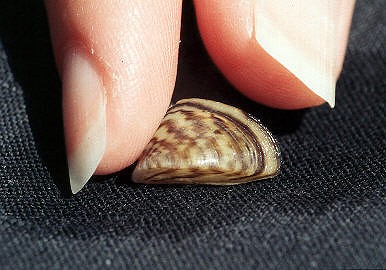Beware of (These) Hitch-Hikers (Cont'd)
These hitch-hikers pose serious risks and costs to you as a boat owner because they can:
- Ruin your engine by blocking the cooling system and causing overheating;
- Increase drag on the bottom of your boat, reducing speed, and wasting fuel;
- Jam your boat's steering equipment;
- Require you to scrape and repaint your boat's hull.
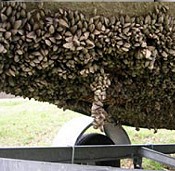
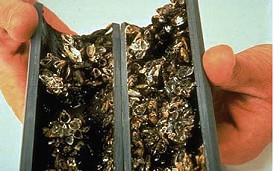
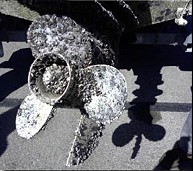
Quagga and Zebra mussels are carried from place to place on boat trailers and boats. The mussels reproduce rapidly, causing irreversible environmental damage. They are highly successful in part because they attach to any hard surface and can live out of water for weeks at a time. They can potentially spread to (and severely damage) your favorite body of water by clinging to the hulls of recreational boats, to trailers, and to commercial boat haulers traveling from infested waters.
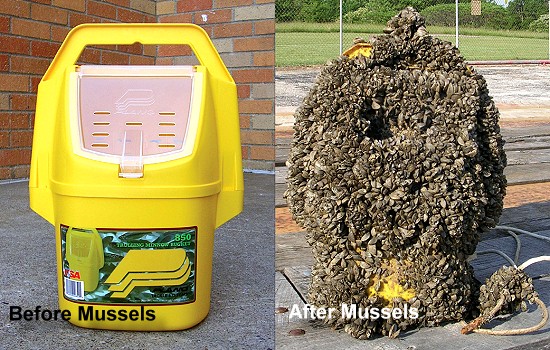
To help protect your boat and your favorite lakes, streams and rivers, when leaving the water you should:
- Wash watercraft and trailers with high pressure hose at 140 degrees.
- Learn how to inspect watercraft for aquatic hitchhikers (young quagga mussels will feel like sandpaper to the touch, while adults usually have dark concentric rings on their shell. They can grow to 1.6 inches (4 cm) but are usually smaller than a quarter).
- Let your boat dry out for 28 days prior to transporting to other waters.
- Wash fishing equipment, water toys, wetsuits and flotation devices in a diluted bleach solution prior to use in another waters.
